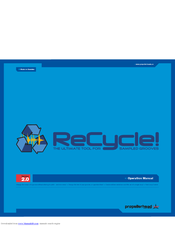

Ctrl + click on the clip and hit Slice to New MIDI Track. Perhaps a more traditional approach though, would be to add our amen to a sampler. In audio, two of Ableton’s algorithms will work nicely for us, Beats will preserve the pitch information and Re-Pitch will treat the pitch like vinyl or tape – so if we increase the tempo the pitch will increase and if we slow the tempo down the pitch will drop. We can either now keep the loop in audio or transfer it to a sampler. The original loops sits around the 136 bpm mark, but let’s move our host tempo up to jungle territory of 165 bpm. Later down the line once we layer it with other breaks I might refine the timing a bit. I’m not warping every single transient, as this will sap the groove out of our beat. Next, enabling warping and setting the algorithm to ‘beats’, I’ve set about locking the main beats – the kicks on beat 1 and snares one beats 2 and 4 (except in the last 2 bars when the second snares fall on four-and). There nice clearly defined transients and for a sixties stereo recording, the drums are fairly central, which makes this nice and easy to sample.


The break starts at around 1.25, here it is: I’ve brought the track in Ableton Live’s arrange view and disabled warping. But it goes without saying that you should always try and sample from lossless audio formats such as WAV and AIFF. If you have access to a good turntable, stylus, pre-amp and soundcard then I would recommend going out and buying a copy of the original,sadly, I have none of the above so I just bought the Mp3 off of iTunes, which is fine for educational purposes.


 0 kommentar(er)
0 kommentar(er)
